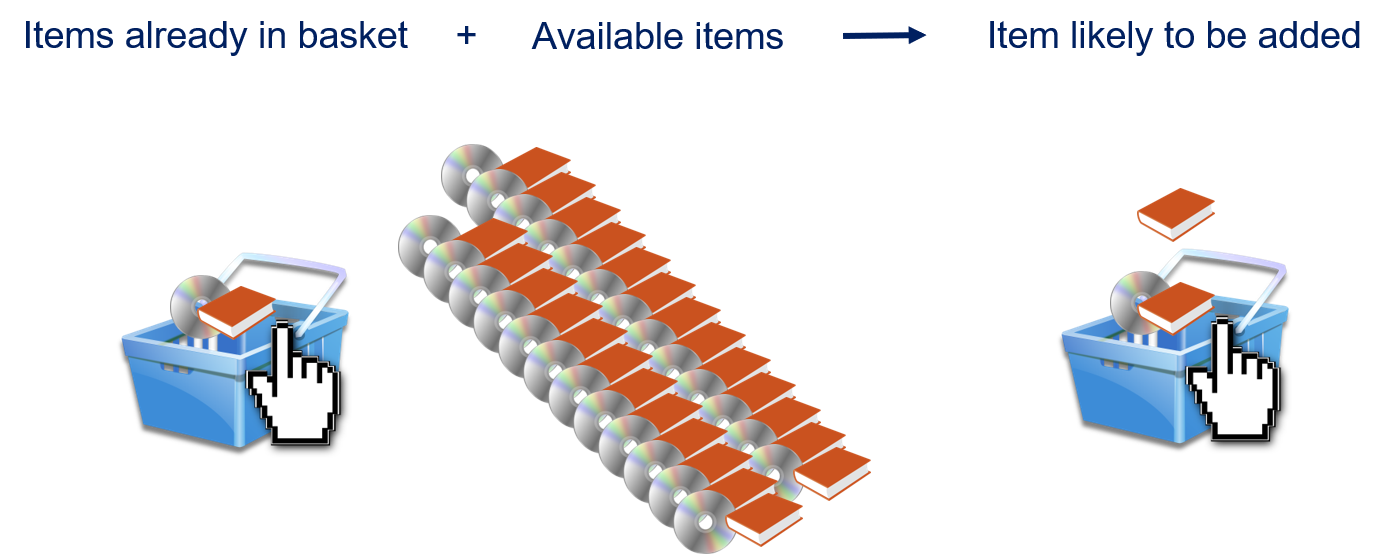【专家视角】:关联规则挖掘的挑战与误区
发布时间: 2024-09-07 14:02:40 阅读量: 51 订阅数: 26 


# 1. 关联规则挖掘概念解析
关联规则挖掘是数据挖掘领域中的一项核心技术,旨在发现大量数据中不同项目之间的有趣关系。这些关系通常以“如果-那么”规则的形式展现,例如,在超市购物场景中,“如果顾客购买面包,那么他们也很可能购买牛奶”。通过这种形式,关联规则挖掘能够帮助零售商优化商品布局,提升交叉销售的机会,以及制定促销策略。
关联规则挖掘广泛应用于零售、医疗、网络安全等多个行业,其核心在于通过算法分析大数据集,找出不同变量间的隐含联系。尽管其应用领域丰富,但要准确地从数据中提取这些联系并非易事。在实际应用中,需要对关联规则挖掘进行深入理解,包括其理论基础、评估指标和优化策略。
在接下来的章节中,我们将深入探讨关联规则挖掘的理论基础,理解其关键算法和评估指标,以及如何优化挖掘过程。随后,我们会通过具体案例来分析关联规则的实际应用,并讨论在应用中遇到的常见问题及其解决方法。最后,我们会探讨关联规则挖掘面临的挑战与误区,并展望其未来发展。
# 2. 关联规则挖掘的理论基础
关联规则挖掘是数据挖掘中的一个重要领域,它旨在发现大量数据中的有趣关系,这些关系表明了不同项之间的频繁模式、关联、相关性或结构之间的依赖。本章将深入探讨关联规则挖掘的关键算法和评估指标,并对挖掘过程中的优化策略进行分析。
### 2.1 关联规则挖掘的关键算法
在关联规则挖掘中,选择合适的算法对于分析过程的效率和结果的准确性至关重要。接下来,我们将深入分析两种广泛使用的算法:Apriori算法和FP-growth算法。
#### 2.1.1 Apriori算法原理与实现
Apriori算法是最著名的关联规则挖掘算法之一,由Agrawal和Srikant于1994年提出。其核心思想是基于频繁项集的层次搜索,通过迭代方式逐步找出频繁项集,并从中挖掘关联规则。
##### 算法原理
Apriori算法使用了频繁项集这一概念,其中频繁项集是指在交易数据库中出现频率超过用户定义最小支持度(min_support)阈值的项集。
算法的工作流程如下:
1. 确定项集的最小支持度阈值。
2. 生成候选1-项集,并计算其支持度,筛选出频繁1-项集。
3. 使用频繁项集产生新的候选项集(k-项集),计算这些候选项集的支持度,并筛选出频繁k-项集。
4. 重复步骤3直到无法再生成更长的频繁项集。
Apriori算法的效率在于它利用了项集的先验性质,即任何非频繁项集的超集也不可能是频繁的。因此,算法会剪枝,即在搜索过程中排除那些包含非频繁子集的候选项集。
##### 实现示例
以下是Apriori算法的一个简化伪代码示例:
```python
def apriori(transactions, min_support):
# 初始化候选项集
C1 = create_initial候选项集(transactions)
# 找出频繁1-项集
L1, support_data = scanD(C1, transactions, min_support)
# 初始化L列表
L = [L1]
k = 2
while (len(L[k-2] != 0):
# 生成候选项集
Ck = apriori_gen(L[k-2], k)
# 计算候选项集的支持度并筛选
Lk, supK = scanD(Ck, transactions, min_support)
support_data.update(supK)
L.append(Lk)
k += 1
return L, support_data
```
在上述代码中,`transactions`表示交易数据集,`min_support`是最小支持度阈值。`create_initial候选项集`函数用于生成初始的1-项候选项集,`apriori_gen`函数用于根据频繁项集生成新的候选项集,`scanD`函数用于计算候选项集的支持度并进行筛选。
##### 代码逻辑解读与参数说明
- `C1`是基于1-项集的候选项集,它由所有可能的1-项集组成。
- `L1`是第一次扫描交易数据集后得到的频繁1-项集列表。
- `L`是一个列表,其中每个元素是对应于每个阶段的频繁项集列表。
- `support_data`是一个字典,用于存储所有频繁项集的支持度信息。
- `apriori_gen`函数需要特别注意,它利用了Apriori算法的核心优化技术,即生成候选项集时会避免包含非频繁子集的项集。
- `scanD`函数需要对数据库进行多次扫描,每次扫描都会计算候选项集的支持度,并移除那些低于最小支持度的项集。
#### 2.1.2 FP-growth算法的原理与优势
FP-growth算法是Jiawei Han等研究人员在2000年提出的一种用于挖掘频繁项集的算法,它基于一个称为FP树(频繁模式树)的数据结构来压缩数据集,并通过递归的方式来挖掘频繁项集,比Apriori算法更高效。
##### 算法原理
FP-growth算法的核心在于FP树的构建。首先,算法会创建一个空的FP树,然后对交易数据进行扫描,根据项的频率对项进行排序,并将每个事务中的项按照这个顺序插入FP树中。在插入过程中,相同项的计数会增加。构建完FP树后,算法会从FP树中挖掘频繁项集。
FP-growth算法的两个主要步骤如下:
1. 构建FP树:通过两次扫描数据集,第一次确定项的频率,第二次构建FP树。
2. 从FP树中挖掘频繁项集:通过递归构造条件FP树来挖掘。
##### 实现示例
以下是FP-growth算法的一个简化伪代码示例:
```python
def createFPtree(dataSet):
# 构建频繁项集树
headerTable = {}
for trans in dataSet:
updateHeader(headerTable, trans)
freqItemSet = set(headerTable.keys())
for k in headerTable:
headerTable[k][0] = dataSet.copy()
retTree = FPNode('Null Set', None)
for k in headerTable:
for h in headerTable[k]:
if headerTable[k][1] == None:
headerTable[k][1] = h
else:
updateTree(h, retTree)
return retTree, headerTable
def updateHeader(headerTable, trans):
# 更新项频率表
for item in trans:
if item in headerTable:
headerTable[item][0] += dataSet
else:
headerTable[item] = [dataSet, 1]
def updateTree(nodeToTest, targetNode):
# 递归构建FP树
if targetNode.nodeLink == None:
targetNode.nodeLink = nodeToTest
else:
updateTree(nodeToTest, targetNode.nodeLink)
targetNode.count += 1
# 其他函数如从FP树中挖掘频繁项集等省略
```
上述代码中的`dataSet`是交易数据集。`createFPtree`函数用于创建FP树,`headerTable`是一个字典,存储了每个项和其在所有事务中出现的次数。`updateHeader`函数用于更新项频率表,而`updateTree`函数用于构建FP树。
##### 代码逻辑解读与参数说明
- `headerTable`记录了FP树中每个节点的项以及其计数。
- `retTree`表示构建的FP树,它是一个特殊的树结构,其中每个节点
0
0





